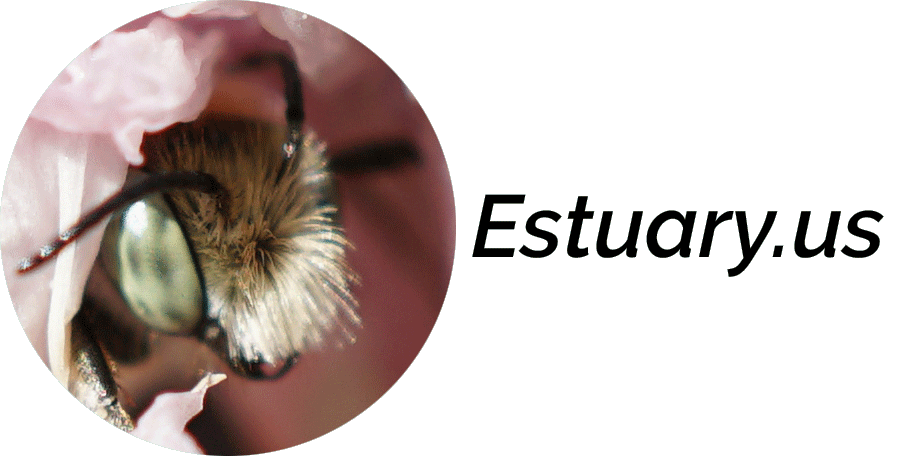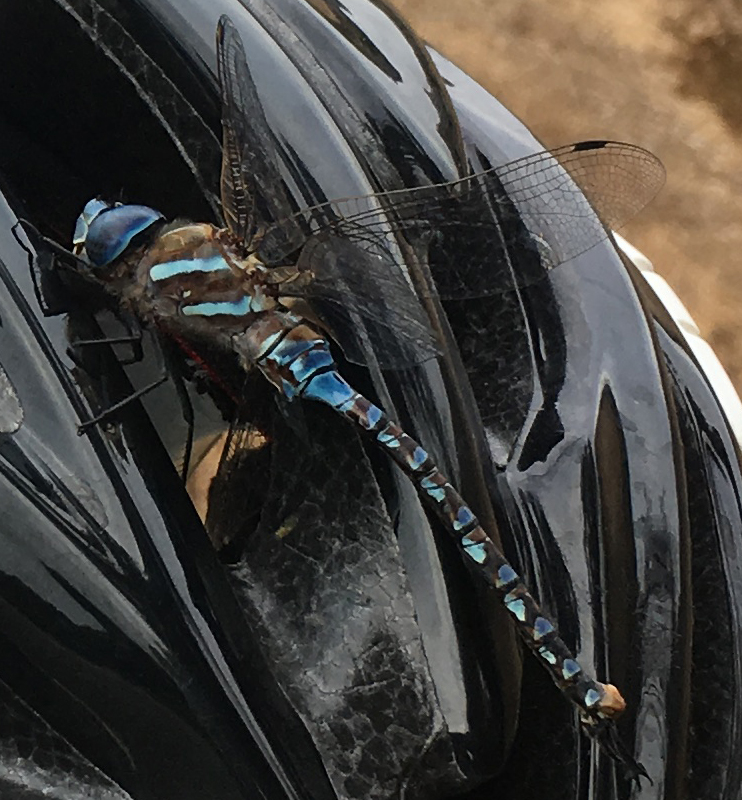Cyclist Jon Scott was cruising along at 25 miles per hour (mph) when he noticed that there was something itchy on his head. He decided to stop and investigate. When he removed his shiny black helmet he found that a Blue-eyed darner (Rhionaeschna multicolor, syn. Aeshna multicolor) dragonfly had been hitching a ride. The Blue-eyed darner… Continue reading A Dragonfly Hitches a Ride: The Blue-Eyed Darner
Category: California Natives – Fauna
Danaus plexippus: Beyond the Fourth Instar – Part II
Quick preface to Part II, to see more photos of Seven and the Monarch life-cycle, check out the gallery. On the morning of his release, “Seven” took awhile to fly away. First he walked around the perimeter, then along the edge of the open mesh door flap of the enclosure. He worked his wings steadily, but seemed to… Continue reading Danaus plexippus: Beyond the Fourth Instar – Part II
Danaus plexippus: Featuring Lucky Monarch “Seven”
Danaus plexippus: Beyond the Fourth Instar – Part I
As soon as the Monarch caterpillar is large enough to be seen on a milkweed plant, it becomes a potential snack for certain bird species that are not affected by the toxins the caterpillar ingests by eating milkweed. As the caterpillar develops from first through fifth instar, its size and increased mobility make it easier for predators to see. I do not know which… Continue reading Danaus plexippus: Beyond the Fourth Instar – Part I




